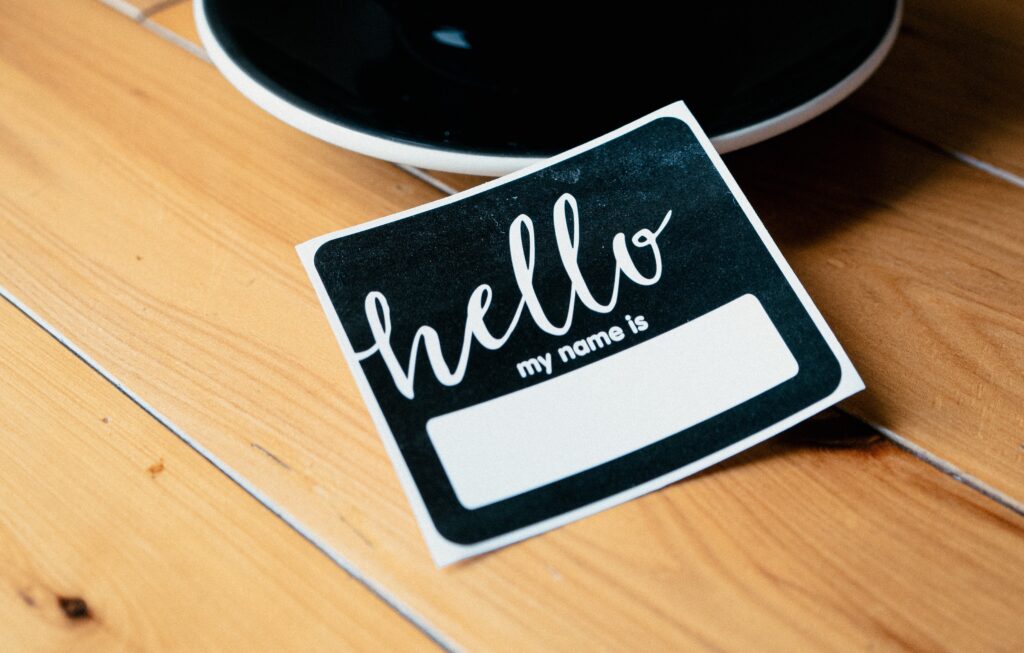For performance artists, music groups and bands, trademarks are important for protecting your unique sound and image. By registering your band’s name as a trademark, you can prevent others from unjustly profiting from your name, and you can enforce your intellectual property rights through litigation in federal court. The process of creating and registering a trademark is legally complex and you will need a proven attorney with deep experience in trademark law. As discussed below, an experienced music industry attorney can also help with creating a corporate entity, like a corporation or limited liability company, to hold title to the trademark and any other intellectual property. At a certain level of success, trademarking is almost required. Here is a quick summary of how trademarks are registered.
Federal trademarks are governed by the Lanham Act — 15 USC §§ 1051 et seq. — which sets out the legal requirements for a trademark and for registration. Trademarks are words, logos, designs or phrases that identify — for music lovers — the source of music and the commercial source of other merchandise like t-shirts, music covers and decorative artwork. Registration is done by the Trademark Office located in Washington, D.C.
Before finalizing your band’s name and proceeding with trademark registration, it is important to run a search on existing trademarks. You cannot use or register a trademark that is already in existence. This limit is not just for other artists, bands, and musical groups. If your band’s name is similar to another trademark of any sort being used in any industry, you will have to choose a new name, logo or design. It is wise to run a trademark search early in the process to avoid wasted time and money.
Next, the band should form a corporate entity of some sort to hold title to the trademark. It is possible for the band members to co-own a trademark, but that is not recommended. If there is a split or a band member dies, it is necessary that ownership of the trademark not be impaired. If the trademark is owned by a corporate entity, then, if there is a legal dispute, the band members will litigate ownership of the entity, not the trademark. In this manner, trademark licensing, monetization and other legal rights associated with the trademark will be unaffected while litigation proceeds over ownership of the corporate entity.
After trademark searches have been completed and after ownership issues are resolved and a corporate entity has been created, the official registration process can begin. The process begins with an application filed with the Trademark Office along with the applicable filing fees. Mostly, applications are filed electronically. The application is many pages long, but, in general, the application requires the following:
- Full information about the owner of the trademark and the owner’s legal representation
- Drawings and/or photos and/or video of the trademark — the words, design or logo that constitutes the trademark
- A written description of the proposed trademark
- Samples of the trademark as used in commerce or as will be used in commerce
In addition, the application must identify the international class or classes of goods and services with which the trademark will be used. The Trademark Office charges additional fees when multiple classes are chosen. Musicians typically choose at least two international classes: class 9 for recordings and class 41 for live performances.
Depending on the backlog, about four to nine weeks after the application is filed, an Examining Attorney is assigned to review the application. The Examining Attorney confirms that the application is complete and that the proposed trademark does not conflict with any existing trademarks. The Examining Attorney also verifies that the proposed trademark complies with the requirements of the Lanham Act. If the application is legally sufficient, then the proposed trademark is published for 30 days. During this publication period, interested third parties can file objections to registration. Typically, objections relate to claims that the proposed trademark is the same as or too similar to an existing trademark.
If there are no objections to the application, then the Trademark Office issues a Certificate of Registration about two months later. If there are no complications or third-party objections, the whole process takes about nine months to a year to complete.
Contact an Experienced New York City Trademark Lawyer Today
For more information, contact the trademark and entertainment lawyers at Cordero Law. Our practice focuses on the music industry. We have the experience to get your band’s name trademarked. Our approach is to provide top-tier legal services by working with our clients rather than simply working for them. Contact us via our online Contact Page or by calling (212) 960-8890.

